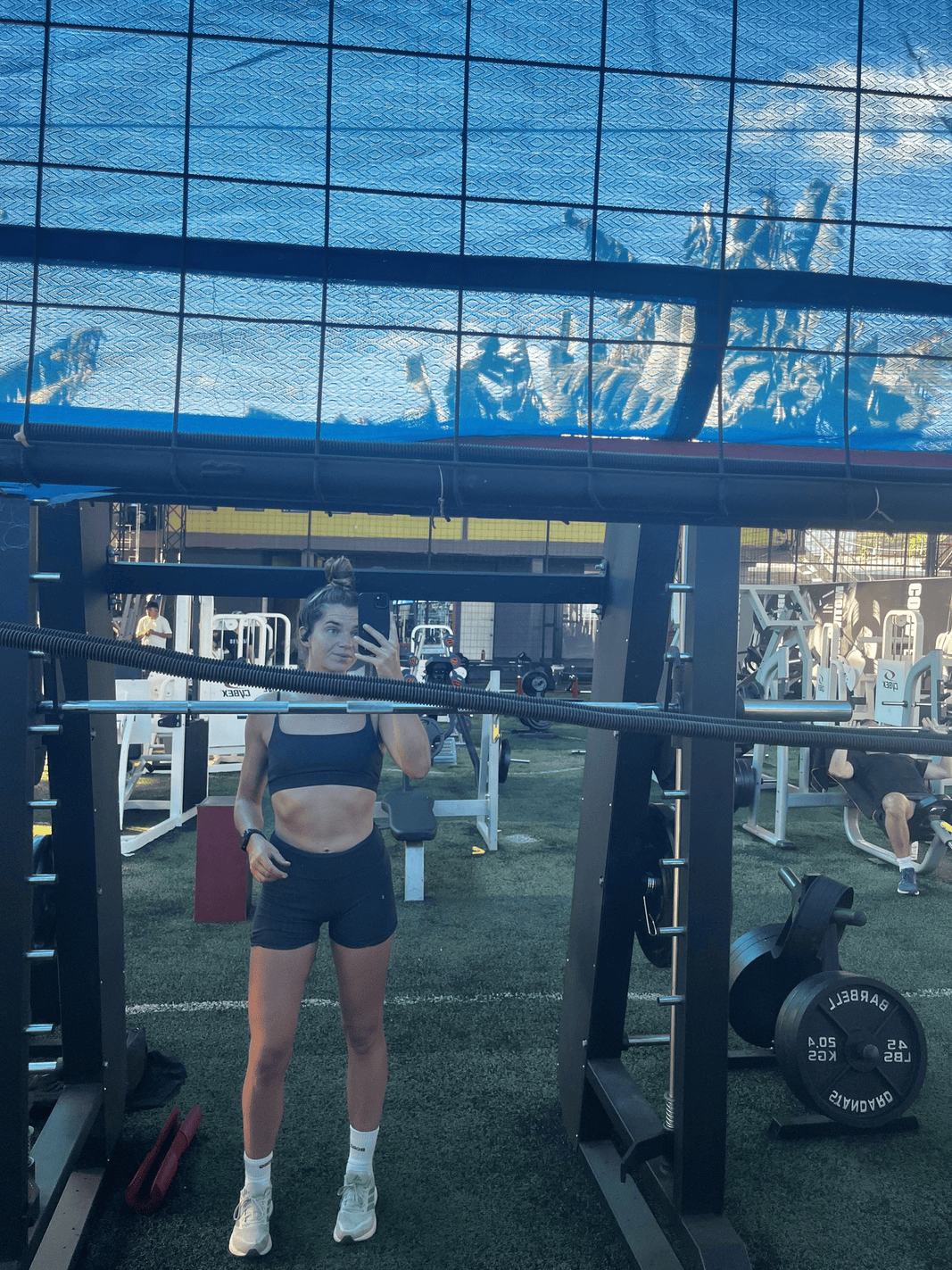.png)

Prepare for Your First Triathlon: A Beginner's Guide to Training and Racing
How to Prepare for Your First Triathlon: A Beginner's Guide to Training and Racing
As someone who has competed in several triathlons, I know firsthand how exciting and overwhelming it can be to take on your first race. But trust me, with the right preparation, not only can you cross the finish line—you can actually enjoy the journey. Whether you're an experienced athlete or a complete beginner, I'm here to share tips and advice I've learned along my own triathlon journey. Let's take a look at how you can prepare and succeed on race day.
1. Choose the Right Triathlon Distance
Triathlons come in various distances, and it's important to pick the one that fits your current fitness level. If you're just starting out, I recommend going for a Sprint Triathlon. It's less intense than the longer distances and serves as a perfect entry point for beginners.
Typical Triathlon Distances:
- Sprint Triathlon: 750m swim – 20km bike – 5km run
- Olympic Distance: 1500m swim – 40km bike – 10km run
- Half Ironman (70.3): 1900m swim – 90km bike – 21.1km run
- Ironman: 3800m swim – 180km bike – 42.2km run
I personally started with the Sprint Triathlon, and it was a fantastic experience to get into the sport. It gave me a solid foundation to move on to the longer distances.
Here you can find a complete overview of triathlon events near you. Check out the Dutch triathlon calendar for local races or explore the international triathlon calendar for races worldwide.
2. Create a Training Plan for Your Triathlon
Preparation is key! From my experience, I learned that a well-rounded training plan is essential. You need to focus on swimming, biking, and running, but also on strength and mobility to avoid injuries.
Example Training Schedule for Beginners:
- Monday: Rest day
- Tuesday: 30 min swimming + 30 min strength training
- Wednesday: 45 min biking
- Thursday: 5 km running
- Friday: Rest or mobility work
- Saturday: Brick workout (20 min swim + 20 min bike)
- Sunday: Long run (8-10 km)
I particularly recommend the brick workout (swimming followed by biking), as it's something I found invaluable during my training. It helps your body get used to the transitions between disciplines.
3. Essential Triathlon Gear
You don't need to invest in the most expensive gear to get started, but the right equipment can definitely give you an edge. I remember learning some things the hard way in my first triathlon, like the importance of a good pair of swimming goggles and a comfortable race suit.
What You'll Need:
- Wetsuit: Especially helpful if you're swimming in cold open water.
- Swim Goggles: Make sure they fit well and don't fog up.
- Bike: A road bike is ideal, but a regular bike works fine for your first race.
- Running Shoes: Ensure they fit properly and are well broken in.
- Tri-suit or athletic wear: A tri-suit is ideal because you can wear it throughout the entire race—from swimming to running.
4. Nutrition and Hydration
During my triathlons, I quickly realized just how important nutrition and hydration are. The right choices can make all the difference—not just in your performance but also in your recovery.
Nutrition Tips for Training and Race Day:
- Pre-Race Nutrition: Eat a meal rich in carbs and some protein about 2-3 hours before the race. For example, oatmeal with banana and nuts.
- Race Day Hydration: Be sure to hydrate properly by drinking fluids and replenishing electrolytes.
- Post-Race Recovery: Within 30 minutes after the race, have a meal with carbs and protein. A smoothie with fruit and protein powder is a good option.
5. Race Day Preparation and Strategy
On race day, you want to minimize stress as much as possible. From my own experience, I can tell you that good preparation is crucial to success on race day.
- Test Your Gear: Do a couple of test runs in your race outfit to make sure everything fits and feels comfortable.
- Know the Course: Familiarize yourself with the course and transitions beforehand, so you're not caught off guard on race day.
- Practice Your Transitions: Practice getting in and out of your gear quickly for the swim-to-bike transition (T1) and bike-to-run transition (T2). This can save you valuable time during the race.
Get Your Free Triathlon Training Plan!
Sign up to receive a free checklist and training plan to help you prepare for your first triathlon.
Get training plans and insights that you will actually use. Unsubscribe anytime.
Conclusion
Your first triathlon will be both a challenge and an amazing experience. By choosing the right distance, training consistently, and preparing with the right gear and nutrition, you'll be able to reach your goals and enjoy the journey. From my personal experience, triathlons are not only physical challenges— they're incredibly rewarding mentally as well.
Want personalized guidance to help you prepare for your first triathlon or tips for your training? Get in touch with me, and I'd be happy to help you create a custom training plan!
